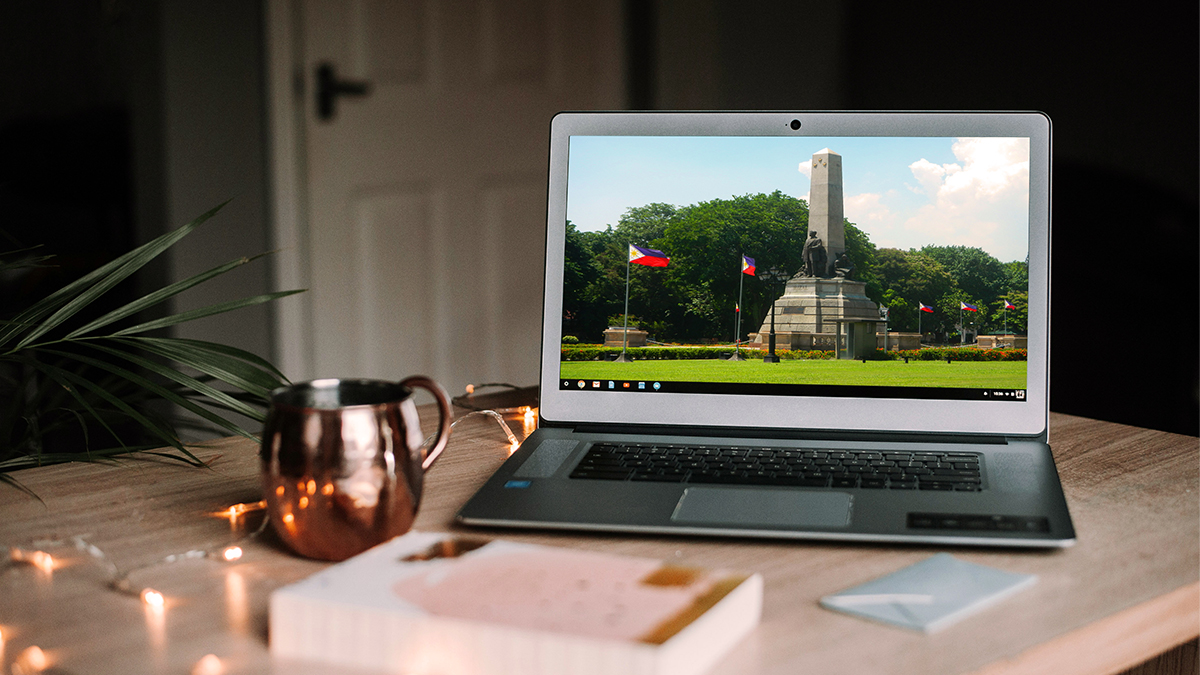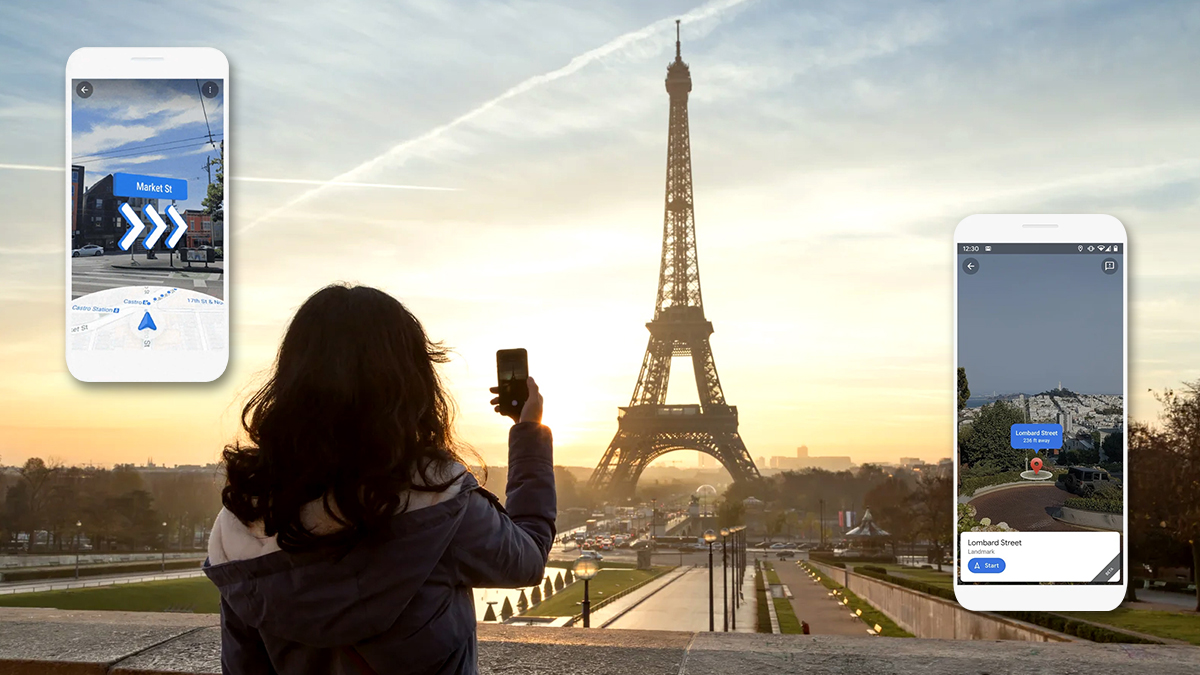2024 marks the fourth year since the COVID-19 pandemic shocked the world. Four years on, normalcy has finally returned, and a lot of industries have seen a return to pre-pandemic life.
One of the biggest industries to rebound from the pandemic was the tourism industry. The United Nations estimates that global tourism will return to pre-pandemic levels by the end of the year. If no other major global events occur, we will soon see tourism numbers grow even more drastically from pre-pandemic numbers.
Tourism growth is an opportunity for the tech industry to create new ways of traveling using new and up-and-coming technologies.

The VR revolution of tourism
During the pandemic, Virtual Reality (VR) has become one of the key technology replacing travel and tourism. As lockdowns stopped all forms of transportation, companies scrambled to create new solutions to keep travel destinations afloat. One of the most common solutions is virtual tours.
Virtual tours (sometimes distinguished as 360 virtual tours) are either photographic tours or video tours of certain destinations. This should be distinguished from Virtual Reality tours which utilize VR technology for a more immersive virtual tour. While the two may have differences, they essentially do the same thing, showcasing the world to more people.
In the last couple of years, virtual tours have taken off, mostly on streaming and video-sharing platforms. You can find a lot of virtual walking tours on YouTube, while In Real Life (IRL) streamers take viewers (via a camera) with them live. Virtual tours such as these give the audience a taste or glimpse of what they would expect to see if they were there.
Meanwhile, Virtual Reality is shifting the way tourism and traveling can be done in the future. VR technology allows us to have a greater immersive experience than regular photos and videos. While it still would not beat going to the real thing it has its purpose. For one VR technology can help tell the story of historical sites in even greater detail, imagine yourself being sent back to ancient Greece or Renaissance-era Italy.
Beyond history and education, VR can be a force in the hotel and other accommodation industries. Here, tourists can experience the hotel firsthand through VR first before booking. They can also use this to effectively visualize the location and what they would expect when getting there.
Finally, VR in itself can also be an attraction. All over the world theme parks have adapted VR rides as part of their attractions. Others have created VR-based escape rooms and other VR-related amenities to attract new audiences.
AR and a new way to see the world
Another tech that changed the world of traveling is augmented reality (AR). Unlike VR, AR mixes the real world with virtual reality to create a new interactive experience. AR technology has been a part of tourism for quite a while now. Museums have integrated interactive AR exhibits to draw in visitors, while others have utilized AR to further expand on the topic presented.
Recently, AR has taken an even broader step in the tourism and travel industry. Google Maps’ Live View mode changed the way navigation can be done. This system utilizes your phone’s GPS as well as the camera to identify where you are exactly. The phone then displays a massive arrow that points you in the direction of where you want to go. This solution is helpful for individuals who have a hard time navigating with regular maps. It’s also useful in instances when the map is unclear on which small side street you need to get into.
Beyond navigation, AR technology has also been used in some historical sites. Certain historical sites from around the world have leveraged AR technology to bring history back to life.

AI and Travel
If there’s one thing the tech world is ablaze with this 2024, it’s Artificial Intelligence (AI). Innovations in AI and machine learning have made a mark in the world of tech, and soon, they will make a mark in the world of travel and tourism.
Large Language Model AI has already demonstrated its capabilities to create tailored tasks specific to what the user needs. This allows it to fit easily into other service-oriented websites or apps. Using language model AI, travelers can easily create a travel itinerary suited to their needs.
AI has also found its way into travel assistants. Certain apps utilize AI to create, manage, and keep track of their travel necessities, such as finding necessary travel documents, bookings of hotels and lodgings, and even keeping track of travel expenses.
But undoubtedly, the biggest advancement of AI in traveling is the arrival of AI-integrated smartphones. In the last couple of months, smartphone makers have successfully integrated complex AI into their smartphones.
Google and Samsung have showcased the capabilities of Google’s Gemini and Samsung AI built in their latest flagship devices. One of the most important features showcased was the live call translation capabilities. This technology allows users to speak into their phone, which in turn translates their speech directly to the caller on the other end. The technology is seamless and quick, without you needing to pause for translation to catch up. Gone are the days when finger-pointing and head-scratching were the means of survival when lost in translation.
Traveling and technology have greatly changed in the last few years. Some adaptations from the pandemic have taken part to become the future of traveling, while others have just further developed in time to elevate our travels to the next level.
Words by Gabriel Pe
Also published GADGETS MAGAZINE April 2024 Issue
